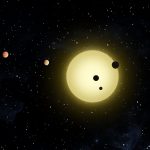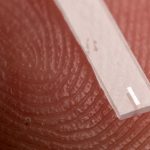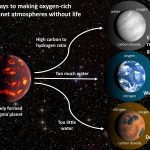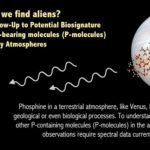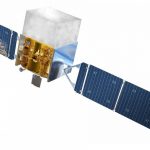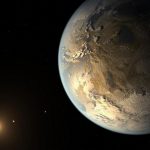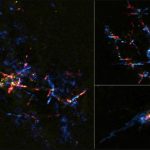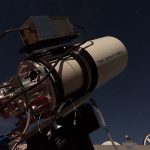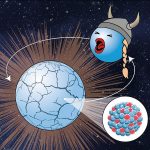Scientists find five double star systems potentially suitable for life
Almost half a century ago the creators of Star Wars imagined a life-sustaining planet, Tatooine, orbiting a pair of stars.
Now, 44 years later, scientists...
Scientists build a quantum bit that can search for dark matter
Some kind of invisible material is out there affecting the motions of stars and galaxies, but thus far, no one has been able to...
Oxygen may be false positives in search for life signs on other planets
Oxygen in the atmosphere may not be an entirely reliable 'biosignature,' but there are ways to distinguish false positives from signs of life, scientists...
How to confirm life on other planets
The search for life on other planets has received a major boost after scientists revealed the spectral signatures of almost 1000 atmospheric molecules that...
Jupiter could make an ideal dark matter detector
So, you want to find dark matter, but you don’t know where to look?
A giant planet might be exactly the kind of particle detector...
Earth’s building blocks formed during the solar system’s first million years, study finds
When people think about the most important ingredient for life on other planets, they usually talk about water.
But there’s another element that makes our...
Scientists find baby stars hatch from stellar eggs near galaxy’s center
Astronomers have found stellar eggs containing baby stars around the center of the Milky Way galaxy.
To make the discovery, the scientists used NSF's Atacama...
Alien raindrops surprisingly like rain on Earth, shows study
Raindrops on other planets and moons are close to the size of raindrops on Earth despite having different chemical compositions and falling through vastly...
Small telescopes to finally pry open the dynamic infrared sky
Our Milky Way galaxy is chock-full of dust.
Stars are essentially dust-making factories that infuse the galaxy with a haze of dusty elements required for...
Scientists find new way to explore the internal structure of neutron stars
Space scientists at the University of Bath in the UK have found a new way to probe the internal structure of neutron stars.
This offers...

